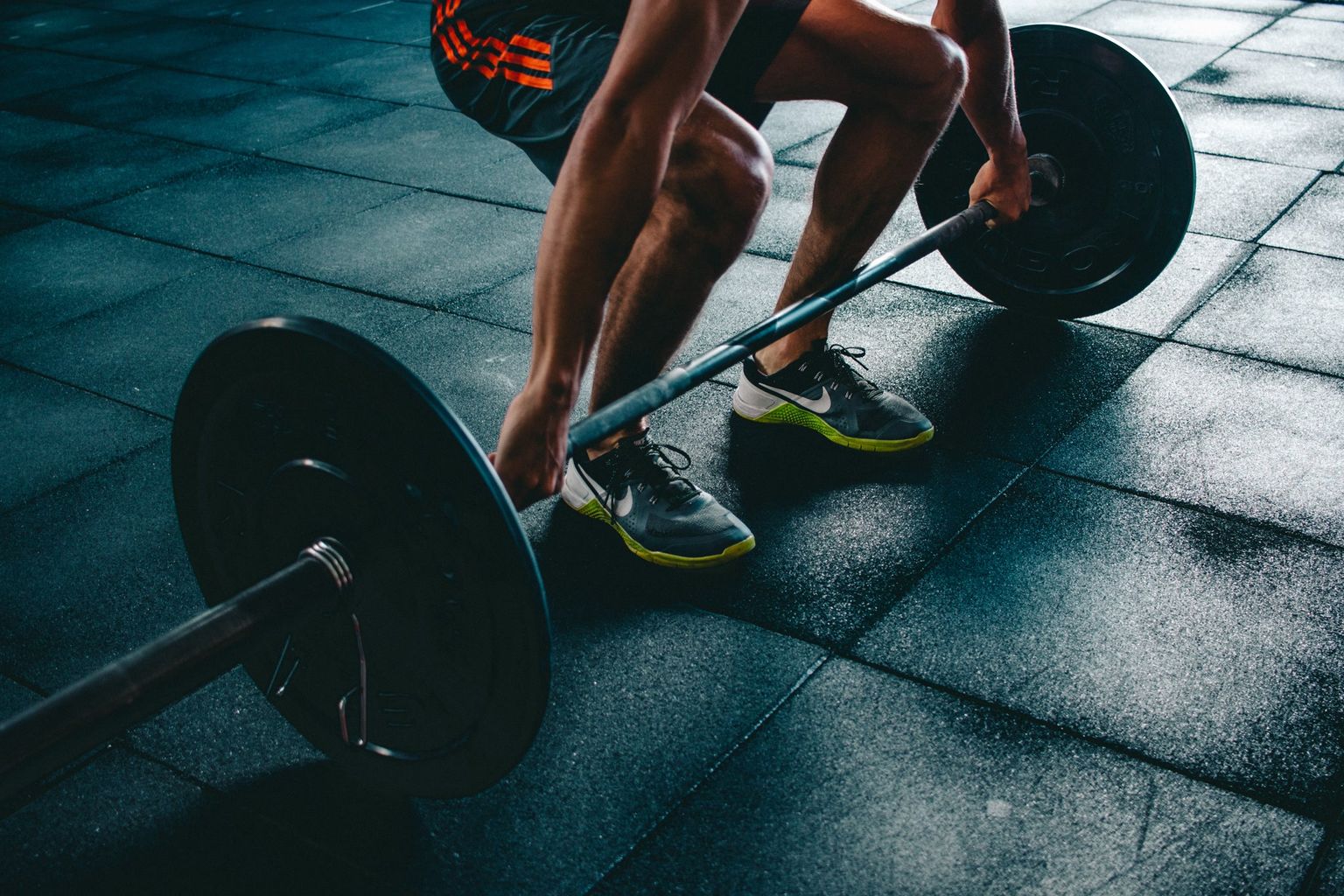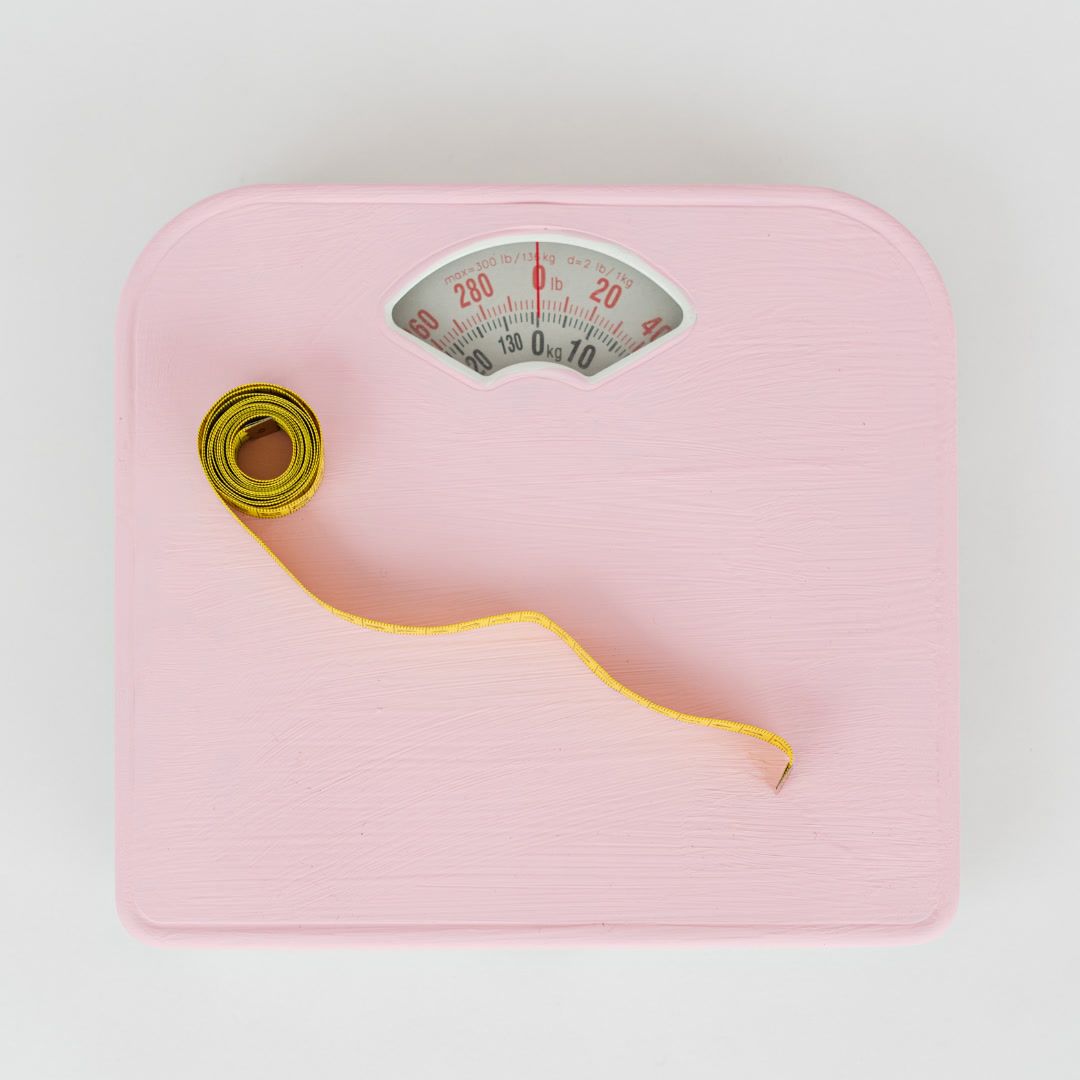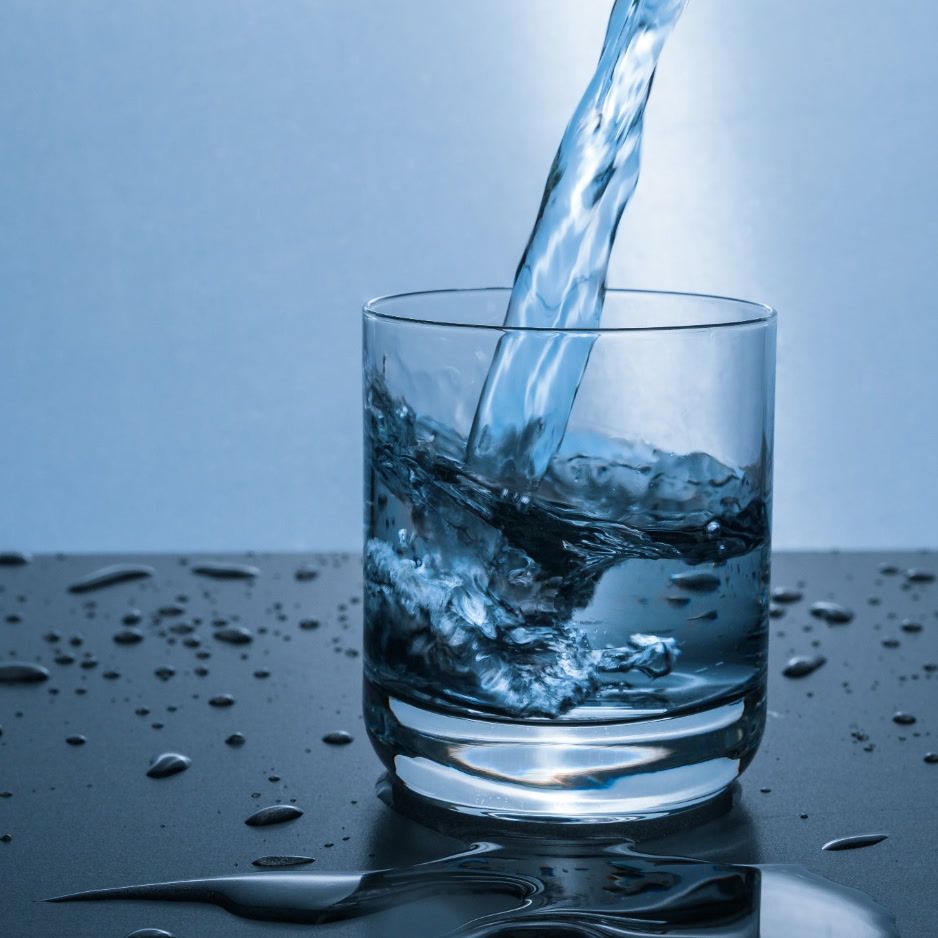Weight Loss After 40: A Science-Backed Guide

Weight Loss After 40: A Science-Backed Guide
Last updated September 24, 2025
Quick take: Yes, you can lose weight after 40—if you adjust your strategy to match changing hormones, muscle mass, and recovery needs. This guide breaks down exactly how to do it, with practical tips and links to data-driven tools you can use today.
Table of Contents
- Why Weight Loss Feels Harder After 40
- Step 1: Re-Calibrate Your Metabolism
- Step 2: Eat for Lean Mass
- Step 3: Train Smarter, Lift Heavier
- Step 4: Optimize Recovery
- Track Progress Like a Scientist
- Sample 7-Day Meal & Workout Blueprint
Why Weight Loss Feels Harder After 40
If you swear your body changed the morning after your 40th birthday, you’re not imagining things. Several physiologic shifts converge in mid-life:
| Factor | What Happens | Why It Matters |
|---|---|---|
| Metabolic Rate | While Basal Metabolic Rate (BMR) is stable, Total Daily Energy Expenditure (TDEE) often decreases due to lower activity and muscle mass (Pontzer et al., 2021). | A lower TDEE means your daily calorie target shrinks, making weight gain easier if eating habits remain unchanged. |
| Sarcopenia (Age-Related Muscle Loss) | Adults lose 3–5% of muscle each decade after 30 (Cleveland Clinic). | Less muscle leads to a lower metabolic rate and makes fat gain easier. |
| Hormones | For women, estrogen and progesterone dip during perimenopause, while men's testosterone declines roughly 1% each year after age 40 (Mayo Clinic). | Hormonal shifts promote fat storage around the abdomen and can blunt training adaptations. |
| Lifestyle Load | Career peaks, caregiving, and longer work hours crowd out exercise and sleep. | Chronic stress & sleep debt elevate cortisol, which can drive belly-fat storage. |
Good news: These changes are predictable—and therefore addressable. Let’s map out how.
Step 1: Re-Calibrate Your Metabolism
1. Measure Your Resting Metabolic Rate (RMR)
Get a baseline for how many calories your body burns at rest.
- Gold standard: an RMR test provides the most accurate measurement.
- DIY method: Use an online calculator like the BodySpec BMR tool for a reliable estimate.
2. Estimate Your Total Daily Energy Expenditure (TDEE)
Multiply your RMR by an activity factor (typically between 1.2 for sedentary lifestyles and 1.7 for highly active individuals) to find your total daily calorie burn.
3. Create a Moderate Calorie Deficit
Aim for a sustainable deficit of 10–20% below your TDEE. Aggressive calorie cuts can backfire by spiking the stress hormone cortisol (Tomiyama et al., 2010) and accelerating muscle loss (JISSN Review 2014).
Pro tip: Re-check your RMR every 8–12 weeks. As you lose weight—or add muscle—your calorie needs will change.
Step 2: Eat for Lean Mass
1. Prioritize Protein
Adults 40+ retain more muscle and lose more fat when they hit 1.2–1.6 g of protein per kg body weight daily, according to a 2018 meta-analysis in the British Journal of Sports Medicine (Morton et al., 2018).
How to calculate your target:
Your weight in kg × 1.2–1.6 = daily grams of protein
| Body Weight | Daily Protein Target (example) |
|---|---|
| 150 lb (68 kg) | 82–109 g |
| 180 lb (82 kg) | 98–131 g |
| 210 lb (95 kg) | 114–152 g |
Split protein across 3–4 meals (approx. 25–35 g each) to maximize muscle-protein synthesis.
2. Cycle Carbs Around Workouts
- Pre-workout: Have 0.5 g/kg of complex carbs (e.g., oats, fruit) for sustained energy.
- Rest days: Emphasize fibrous veggies & legumes while keeping starchy carbs modest.
3. Embrace Healthy Fats
Omega-3–rich foods like salmon, chia seeds, and walnuts are linked to lower inflammatory markers and better cardiovascular health.
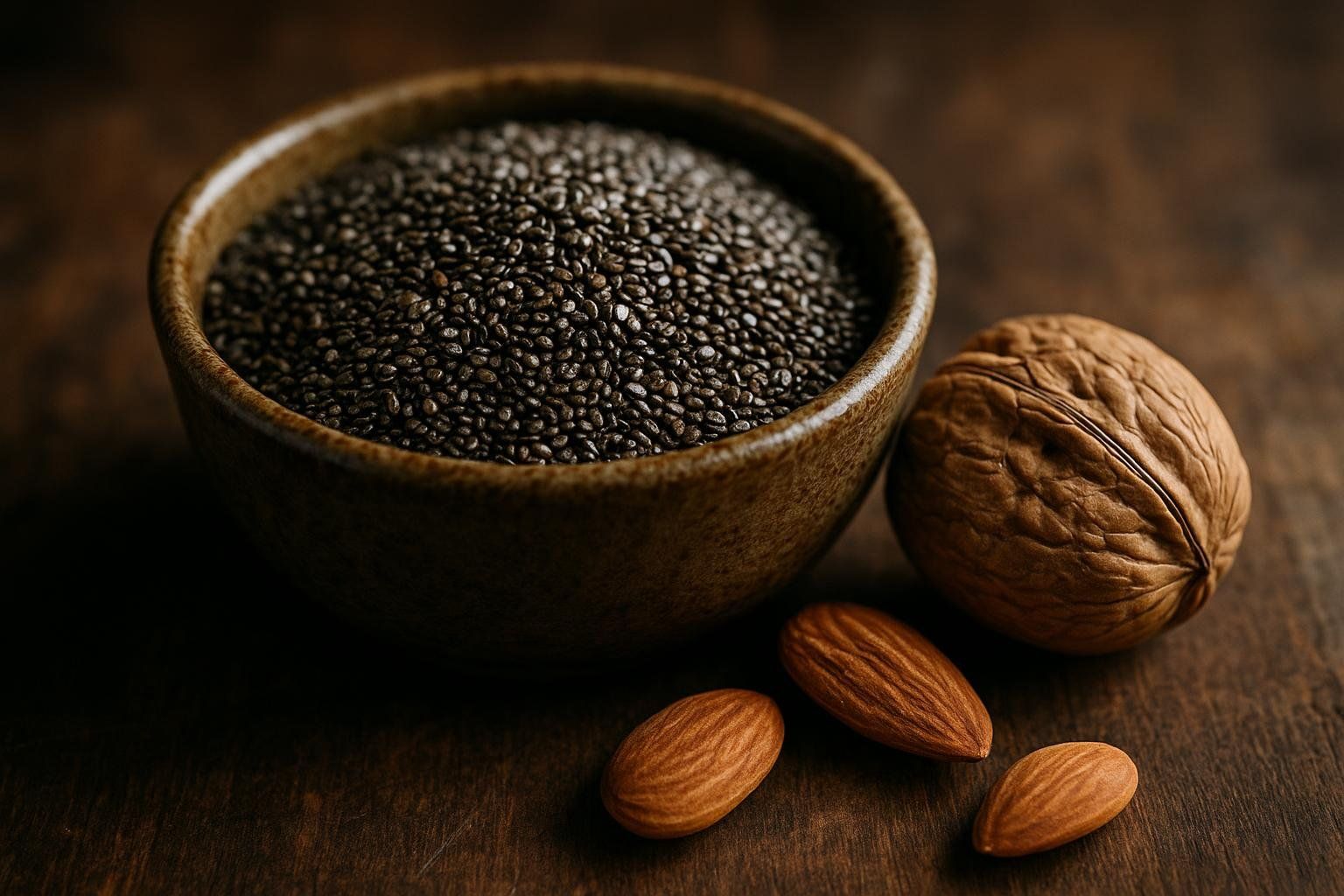
4. Hit Your Fiber Target
Aim for 25–30 g of fiber daily from vegetables, legumes, fruit, and whole grains. Fiber feeds beneficial gut bacteria, which help lower inflammation, regulate blood sugar, and may support fat loss.
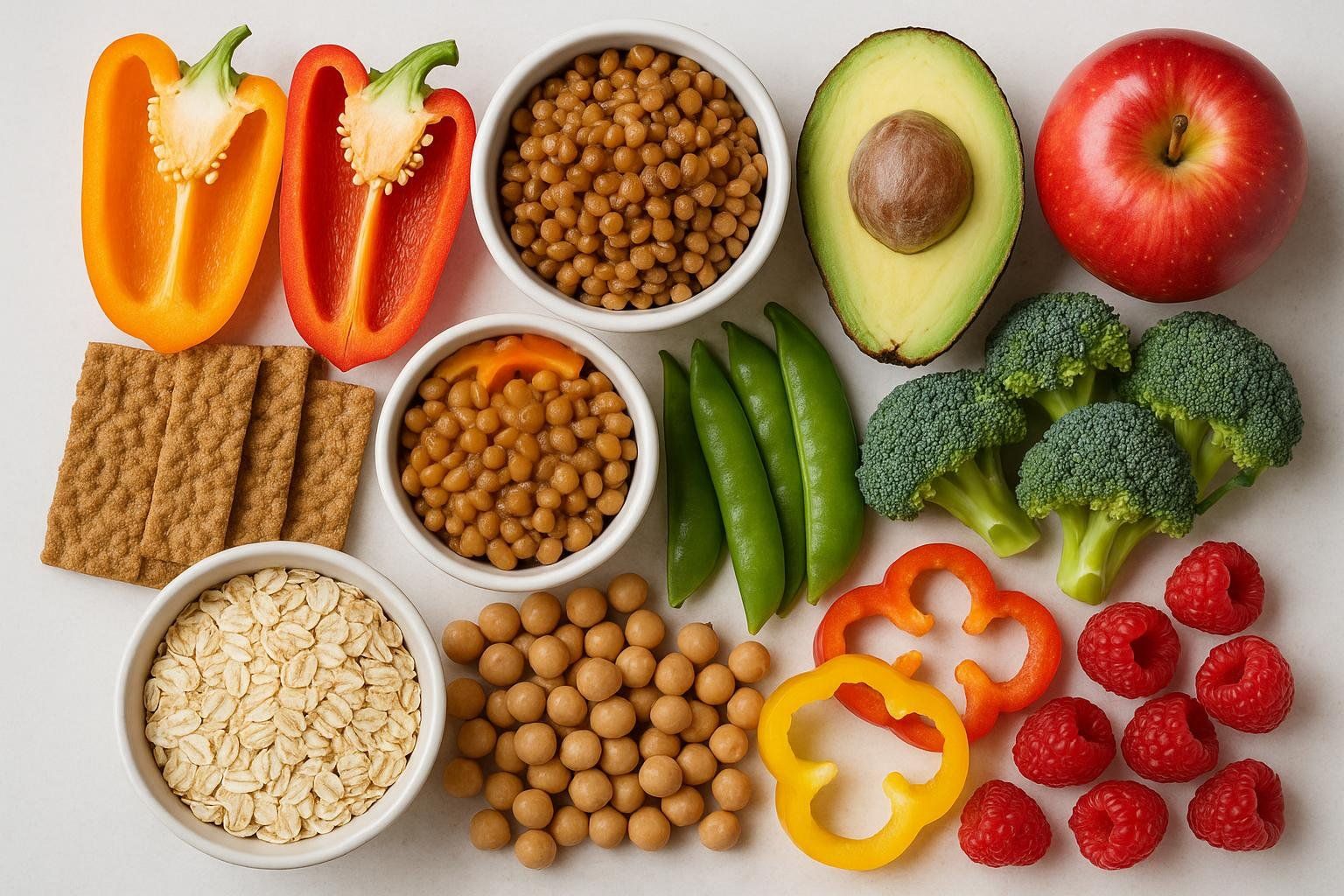
5. Micronutrients That Matter After 40
| Nutrient | Why You Need It | Top Dietary Sources |
|---|---|---|
| Vitamin D & Calcium | Support bone density as estrogen/testosterone decline. | Fortified dairy, sardines, fatty fish, leafy greens |
| Magnesium | Aids sleep & muscle recovery. | Pumpkin seeds, dark chocolate |
| B-vitamins | Support energy metabolism. | Lean meats, legumes, whole grains |
See where you stand: a DEXA scan evaluates bone density alongside fat & muscle in one 7-minute test—schedule a DEXA scan.
Step 3: Train Smarter, Lift Heavier
Strength Training is Non-Negotiable
Aim for 3x/week full-body sessions covering the primary movement patterns: squat/hinge, push, pull, and core. Progressive overload (gradually adding weight or reps) is the key to offsetting age-related muscle loss (sarcopenia).
Add High-Intensity Intervals (HIIT)
One to two weekly HIIT bouts (around 20 minutes) have been shown to outperform steady-state cardio for burning visceral fat—the dangerous fat stored around your organs (Journal of Obesity, 2011).
Increase Daily Movement (NEAT)
NEAT, or Non-Exercise Activity Thermogenesis, is all the movement you do outside of formal workouts. Track your steps, aiming for 8,000–10,000 per day. Something as simple as a walk after a meal can improve glucose control and contribute to your calorie deficit (Diabetes Care, 2013).

Focus on Mobility & Joint Care
Incorporate dynamic warm-ups before every workout and consider adding weekly yoga or Pilates to protect aging joints and support a full range of motion.
Step 4: Optimize Recovery
| Lever | 40+ Target | Why It Matters |
|---|---|---|
| Sleep | 7–9 hours; consistent schedule | Sleep restriction can lower RMR by ~2.6% and raise hunger hormones such as ghrelin (Spaeth et al., 2015). |
| Stress | Daily decompression ritual (meditation, breathwork) | Chronic stress raises cortisol, which can drive belly-fat storage. |
| Hormone Check-Up | Annual labs: thyroid panel, fasting glucose, sex hormones | Identifies treatable causes of weight gain—such as hypothyroidism or hormonal imbalances—that can stall progress. |
| Alcohol | ≤7 drinks/week | Excess intake disrupts sleep and protein synthesis. |
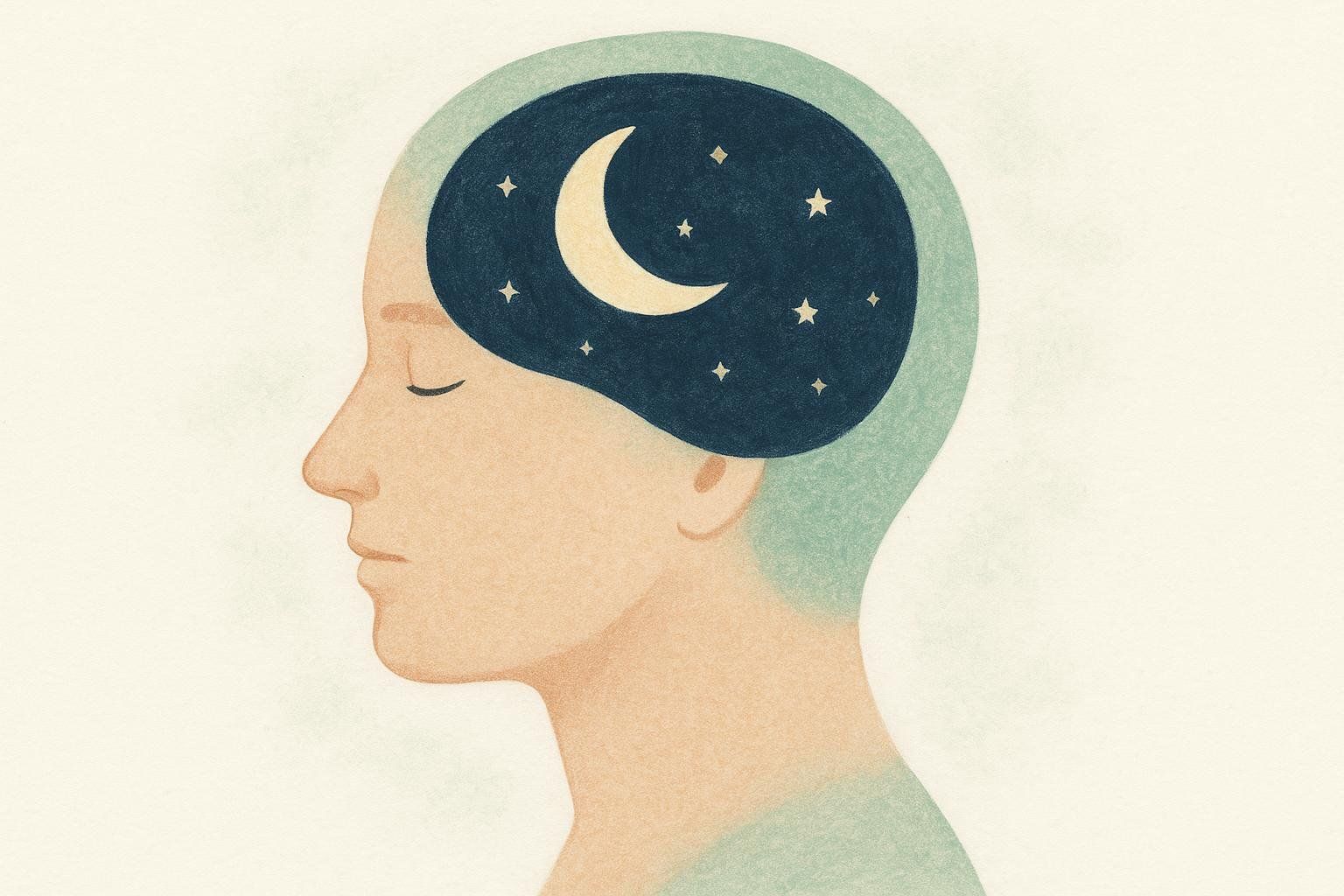
For women navigating perimenopause, see Menopause Weight Gain: Causes & Solutions for tailored tactics.
Track Progress Like a Scientist
- Measure body composition with a DEXA scan every 3 months to verify whether you're losing fat versus muscle.
- Test your metabolic rate with an RMR test to fine-tune calorie targets as your body changes.
- Waist circumference bi-weekly as a simple proxy for visceral fat changes.
- Strength metrics: log your lifts. If strength gains stall or decline, it might be a sign to increase protein or focus on recovery.
Internal data from 10,000+ BodySpec clients show that frequent scanners (≥3 times per year) achieve twice the reduction in visceral fat compared to those who scan less often.
Sample 7-Day Meal & Workout Blueprint
Day 1: Monday (Full-body strength - 45 min)
- Breakfast: High-protein Greek-yogurt parfait (~25 g protein)
- Lunch: Grilled salmon (5oz) with quinoa salad (~30 g)
- Dinner: Turkey-veggie stir-fry (5oz turkey) (~28 g)
Day 2: Tuesday (20-min HIIT + mobility)
- Breakfast: Chocolate protein smoothie with banana (~30 g)
- Lunch: Spinach salad with grilled chicken (4oz) (~30 g)
- Dinner: Spicy shrimp (5oz) tacos with slaw (~25 g)
Day 3: Wednesday (Active Recovery - 8,000 steps)
- Breakfast: Three-egg omelet with spinach, feta, and 2 turkey sausage links (~28 g)
- Lunch: Chicken Buddha bowl with peanut sauce (4oz chicken) (~35 g)
- Dinner: Grilled chicken fajita bowl (4oz chicken) (~35 g)
Day 4: Thursday (Full-body strength - 45 min)
- Breakfast: Greek-yogurt parfait with nuts & seeds (~25 g)
- Lunch: Grilled lean beef (5oz) with roasted sweet potato (~35 g)
- Dinner: Hearty turkey chili with beans (~30 g)
Day 5: Friday (Tempo run or cycle - 30 min)
- Breakfast: Protein oats with walnuts (~28 g)
- Lunch: Albacore tuna wrap with avocado (~25 g)
- Dinner: Spicy tofu and edamame curry (~28 g)
Day 6: Saturday (Full-body strength + core)
- Breakfast: Protein pancakes with berries (~30 g)
- Lunch: Grilled chicken Caesar salad (4oz chicken) (~30 g)
- Dinner: Baked salmon (6oz) with roasted asparagus (~35 g)
Day 7: Sunday (Active Recovery - Yoga & 10,000 steps)
- Breakfast: Avocado toast with smoked salmon & 3 scrambled eggs (~28 g)
- Lunch: Quinoa & black bean power bowl with edamame (~30 g)
- Dinner: Baked cod (6oz) with Mediterranean vegetables (~30 g)
Adjust portions—and add a protein-rich snack or shake if needed—to hit your personal calorie target.
FAQs
Do I have to lift weights?
To maintain muscle, bone density, and metabolic rate, some form of resistance training is essential. This can include free weights, machines, resistance bands, or body-weight circuits. The primary goal is progressive overload.
How fast can I expect results?
A safe, research-backed pace is 0.5–1% of body weight per week. Faster loss usually sacrifices muscle.
Will intermittent fasting help after 40?
It can reduce calorie intake and improve insulin sensitivity, but success still hinges on protein sufficiency and strength training. See our Intermittent Fasting by Age Chart.
What about GLP-1 meds like Ozempic?
They can aid appetite control but often trigger lean-mass loss. Pair medication with resistance training and regular DEXA scans—read Ozempic Muscle Loss: How to Prevent Lean Mass Reduction.
The Bottom Line
Losing weight after 40 is absolutely doable—when you respect the physiology. Ready to put objective numbers behind your next goal? Book a DEXA body-composition + RMR test combo at a BodySpec truck near you and take control of your health with objective data.
Disclaimer: This content is for educational purposes and is not medical advice. Consult a qualified healthcare provider for personalized guidance.
